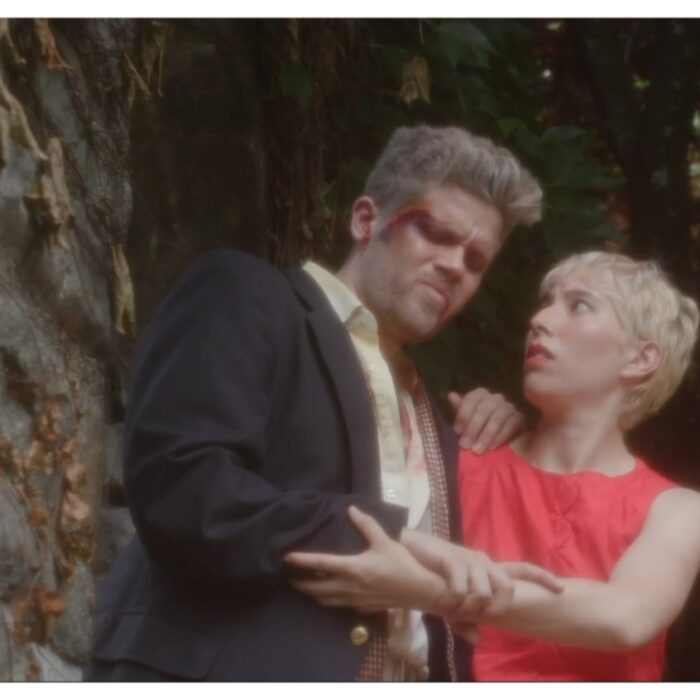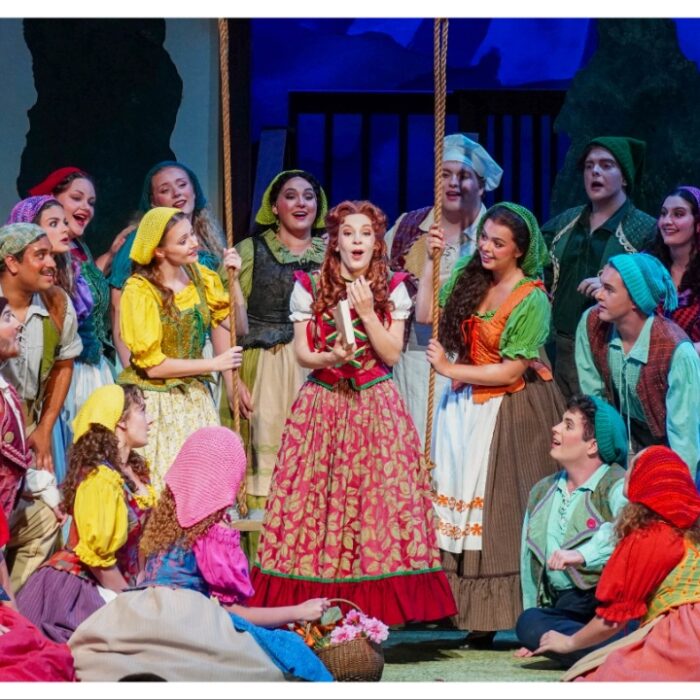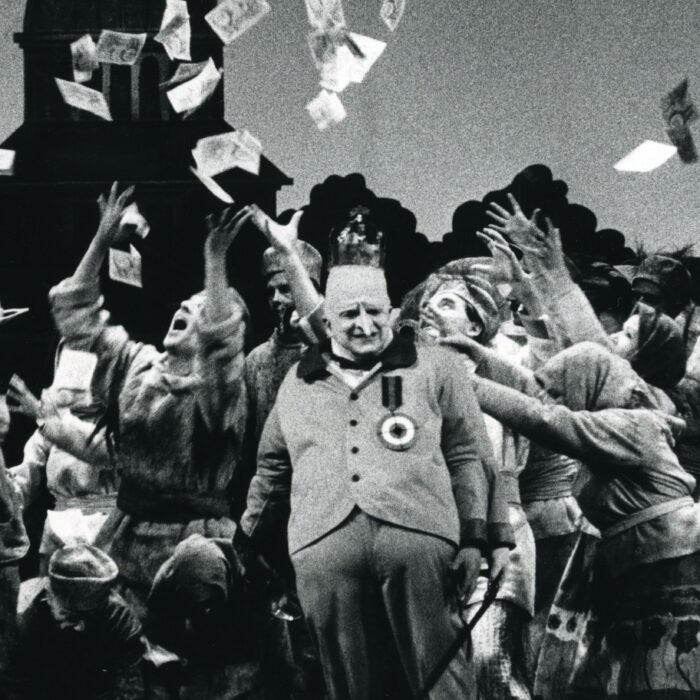
Opera Meets Film: Exploring Life As a Castrato in Tom Ford’s ‘Cry To Heaven’
By John VandevertWhat happens when creatives move in different directions than their main artistic medium? For many, moving between the mediums is a natural process, a way to materialize one’s creative impulses through various means. Auguste Rodin, the celebrated naturalist sculptor of the late 19th-20th century, was a fine painter as his numerous works show, although is best known for works like Monument to Balzac and The Gates of Hell.
Others like Cage, Chagal, Klimt, and even Duchamp were well-known for their mastery of multiple mediums, seemingly going beyond the barriers of medium speciality to inhabit a space which many never reach. Within the other art forms like cinema, fashion, music, and theatre, there are similar figures who seek to express themselves in forms other than their main attribution. Within the many voices, among them Wolfgang Tillmans and William Forsythe, one voice stands out within the realm of the merger of opera and film, namely Tom Ford.
Having accomplished two previous cinematographic projects, ‘Nocturnal Animals‘ (2016) and ‘A Single Man’ (2009), this new film entitled, ‘Cry to Heaven,’ has brought Mr. Ford entered the realm of opera through the cinematic adaptation of the eponymously titled 1982 novel by the American author Anne Rice (1941-2021). Well known for the extensive ‘The Vampire Chronicles‘ (1976-2018), her third novel dramatized a relationship between two Venetian castrati, however of greatly differing social statuses and ages.
From the lower realm, there is fifteen year-old Guido Maffeo, while from the noble class, there is Tonio Treschi turned voice teacher, and the relationship between these two unfolds in many ways, resulting in the death of Tonio’s brother, Carlo, and the achievement of success with Guido. While dramaticized, the life of a castrato in the 18th to 19th centuries was far from comfortable, although many achieved success and social status as history has shown with those like Carlo Maria Michelangelo Nicola Broschi, or Farinelli. Interestingly, the novel came 12 years before an internationally recognized cinematic dramatization of the castrato life, Corbiau’s film, ‘Farinelli’ (1994),
Back in 2023, Mr. Ford had announced his retirement from fashion to pursue his cinematic passions full time. For many film artists like Werner Herzog, the operatic realm reflects an alternative look into the fabric of reality and experience of it. In this case, while the film itself has not been announced in any official capacity as of yet, it’s striking that this story is the one Mr. Ford has set his eyes upon his first official film as a full-time cinematographer. The historical gravitas of the story, both as written by Rice and the historical record itself, is an interesting choice and one that could be viewed in numerous ways. The relationality between class, age, social status, bodily and psychological health are among the most vital aspects which Rice’s book, and now Mr. Ford’s film, deal with, Guido and Tonio of the same bodily condition and yet far from identical in regards to their internal condition.
The implications of castration for a young boy engaged in the vocal arts, lasting from the 16th to early Modern 20th centuries, were of great diversity, and were not themselves similar across the board. Although castrati were ‘created’ to have pure soprano voices, the effects varied as history continued and their appeal waned.
Thus, Mr. Ford’s film will join Corbiau in cinematically depicting one of the more, if not among the most, controversial elements of operatic history, although there are other, relatively unknown, films who also dealt with the topic. The 1964 film, ‘White Voices,’ produced by Italian filmmaker Pasquale Festa Campanile, known for his nurturing of the style where the different aspects of the human condition are revealed, deals with the topic of castrati in a very different way. Taking a more levitous but no less meaningful approach, an 18th-century Roman castrati pursues a relationship with a woman of noble birth, naturally with dramatic consequences. The title (in Italian, Le voci bianche, or boy soprano), carries behind a history of religious misogyny which outlawed females from singing within ecclesiastical settings, therefore only allowing the higher voices of a choir to be sung by boys.
While the term itself is rather contemporary, originating in the mid-19th century, the presence of castrati is sourceable beginning in the late Renaissance. As scholars have pointed out, the fantastical exaggerations of the castrati’s image, social role, and alienation have eschewed fact, with many being of sound mind and maintaining healthy dynamics in their world. However, what became stressed was the masculine aura which, inevitably, became frustrated as a result of the castration process. Thus, the nature of romantic love shifted and was irrevocably shaped by a castrato’s inability to have children at a time when a man’s potency equated to their worth.
The world which Mr. Ford has shown interest in will require a keen understanding of the layered nuances behind the castrato within the world of 18th century Italy, a time when the castrato was inarguably at the prime of social appeal. At a time where their presence in opera seemed ubiquitous, Mozart himself writing numerous works just for the voice, the cinematic feature of this remarkable chapter in operatic history will be challenging.
Oft cited as the latest example of the castrato timbre, Alessandro Moreschi’s haunting recording of Charles Gounoud’s “Ave Maria” from 1902 at the age of 44 gives us a small ear to what their timbral color and sound must have been like, although the vivacious coloratura is not captured here. The dichotomy of the castrato life can be heard in this recording, the vaulting movement of the voice and the crystalline quality juxtaposed against the reality of his condition and the life sacrificed for the voice we hear. The life of a castrato, while history has decorated the truth, is one of two sides, with sacrifices leading to artistic success but one never far from the other. It will be exciting to see how Mr. Ford captures this complex, and richly historic, concept in the cinematic art form.


